A slipped disc, or herniated disc, occurs when the soft tissue between the bones in your spine pushes out through a tear along your spine. While most slipped discs occur in your lower back, they can also occur in your neck. A slipped disc can irritate nearby nerves and cause leg or lower back pain, as well as numbness in your arms and legs.
- What are the common causes of a slipped disc?
- What are some symptoms of a slipped disc?
- How is a slipped disc diagnosed?
- What treatments are recommended for a slipped disc?
- What surgery options are available for a slipped disc?
- How long does a slipped disc take to heal?
- What is the difference between a bulging disc and a slipped disc?
- How can I reduce my risk of getting a slipped disc?
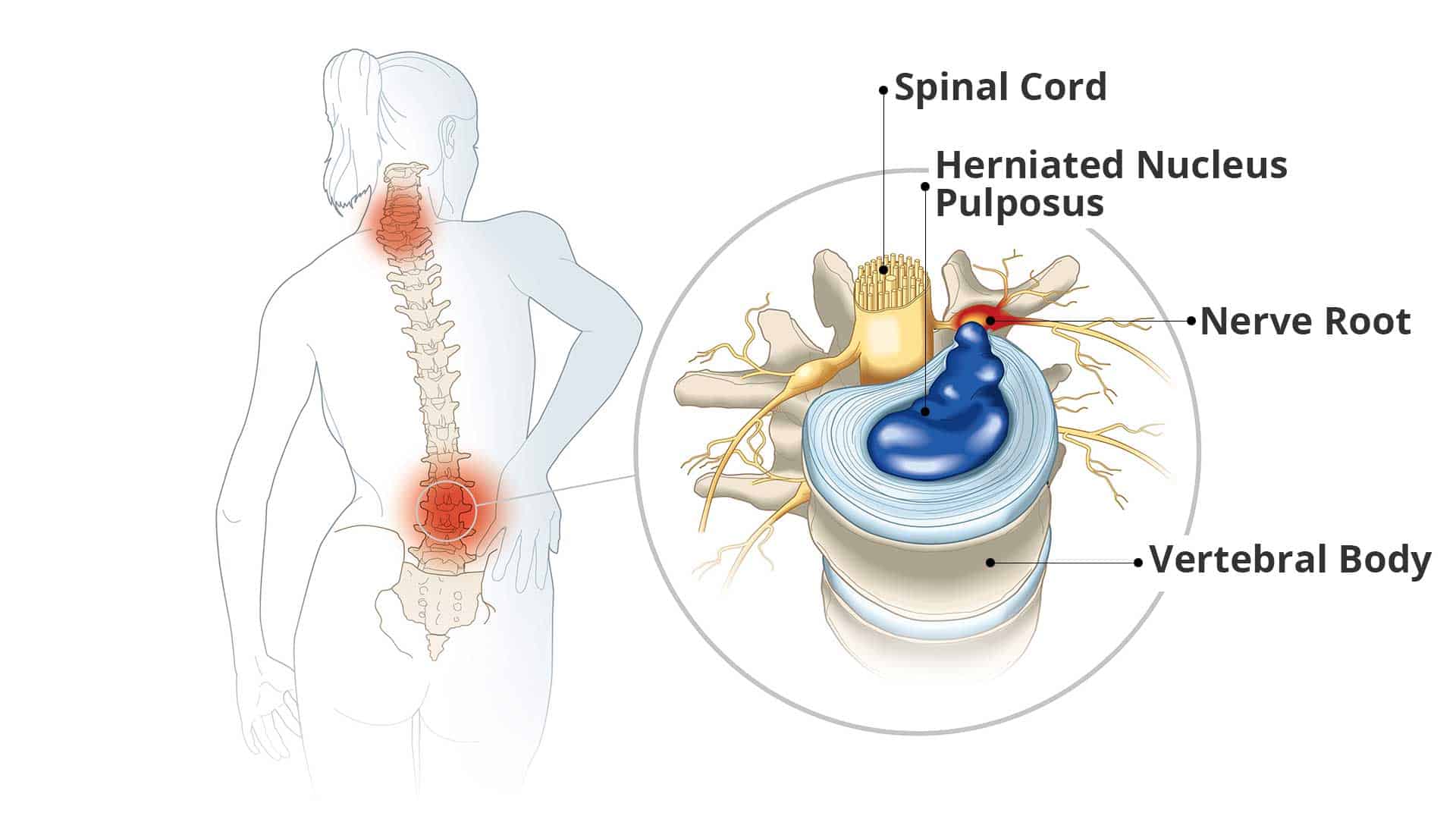
What are the common causes of a slipped disc?
Common causes of a slipped disc include:
Ageing
As you age, your spinal discs becomes less flexible, which makes them likely to rupture or tear.
Poor Posture
Lifting heavy objects improperly may injure your back, causing a slipped disc.
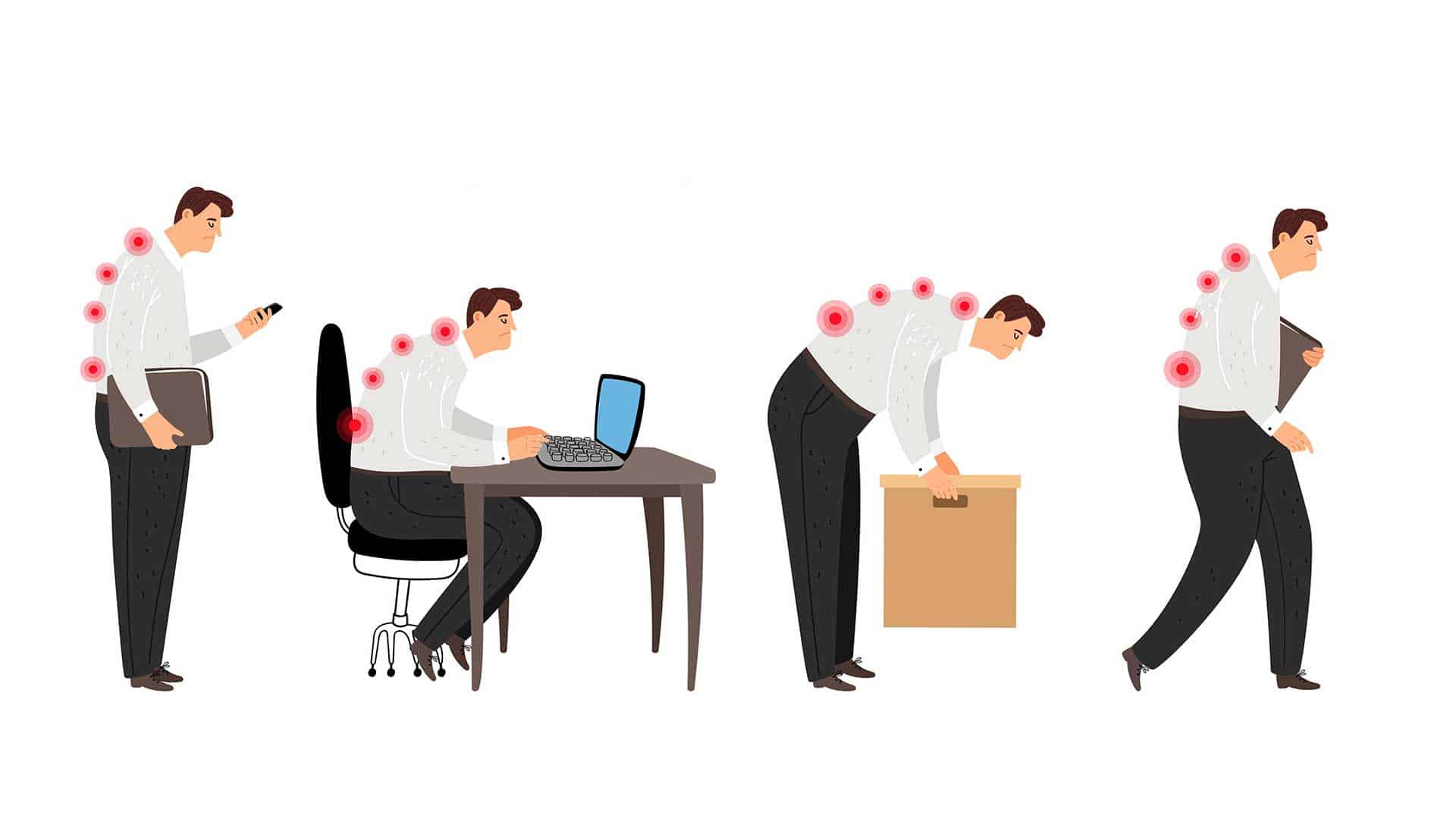
What are some symptoms of a slipped disc?
You may not experience any symptoms when you have a slipped disc. However, a slipped disc may cause problems if the slipped disc irritates or puts pressure on nearby nerves.
Depending on where the slipped disc is located, you might experience the following symptoms:
- Muscle weakness
- Lower back pain
- Increased pain when lying down, bending, or twisting
- Difficulty in controlling bowel movements
- Numbness in your limbs
Make an appointment if you experience these symptoms and wish to consult an orthopaedic specialist.
How is a slipped disc diagnosed?
An orthopaedic specialist will perform a physical examination to identify the cause of your pain. You may be asked to lie flat and move your legs into various positions to assess which areas are causing you pain, as well as test your muscle reflexes and muscle strength.
The orthopaedic specialist may request for additional tests, such as an X-ray, computed tomography (CT) scan or magnetic resonance imaging (MRI), to rule out other conditions that may cause you discomfort.
What treatments are recommended for a slipped disc?
To help you feel better, the orthopaedic specialist may prescribe these treatments and advise the following:
Rest
A few days of rest can give your back time to heal. You should avoid activities or exercises that put stress on your back. Placing an ice pack or a heat pack on the area that is causing pain may also provide some relief.
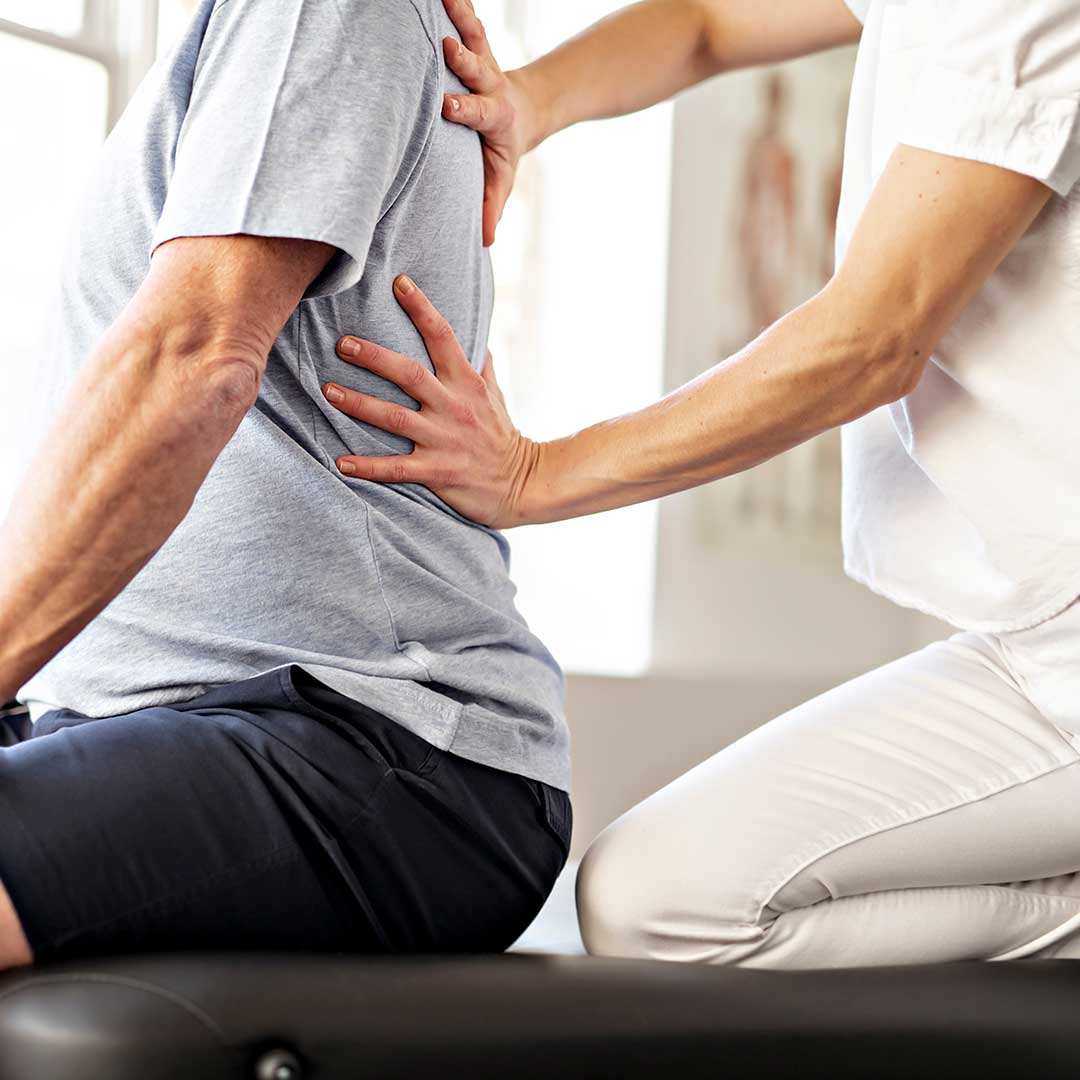
Medications
The orthopaedic specialist may prescribe painkillers or muscle relaxants for pain relief.
Physiotherapy
The orthopaedic specialist may refer you to a physiotherapist where you will be taught various positions and exercises to reduce the pain from a slipped disc. The physiotherapist may also share useful exercises to strengthen your back and increase the flexibility of your spine and legs to reduce the chances of a reoccurrence.
Surgery
If your symptoms do not improve, or if you show signs of nerve damage such as weakness or loss of feeling in your legs, surgery may be performed to remove the damaged disc.
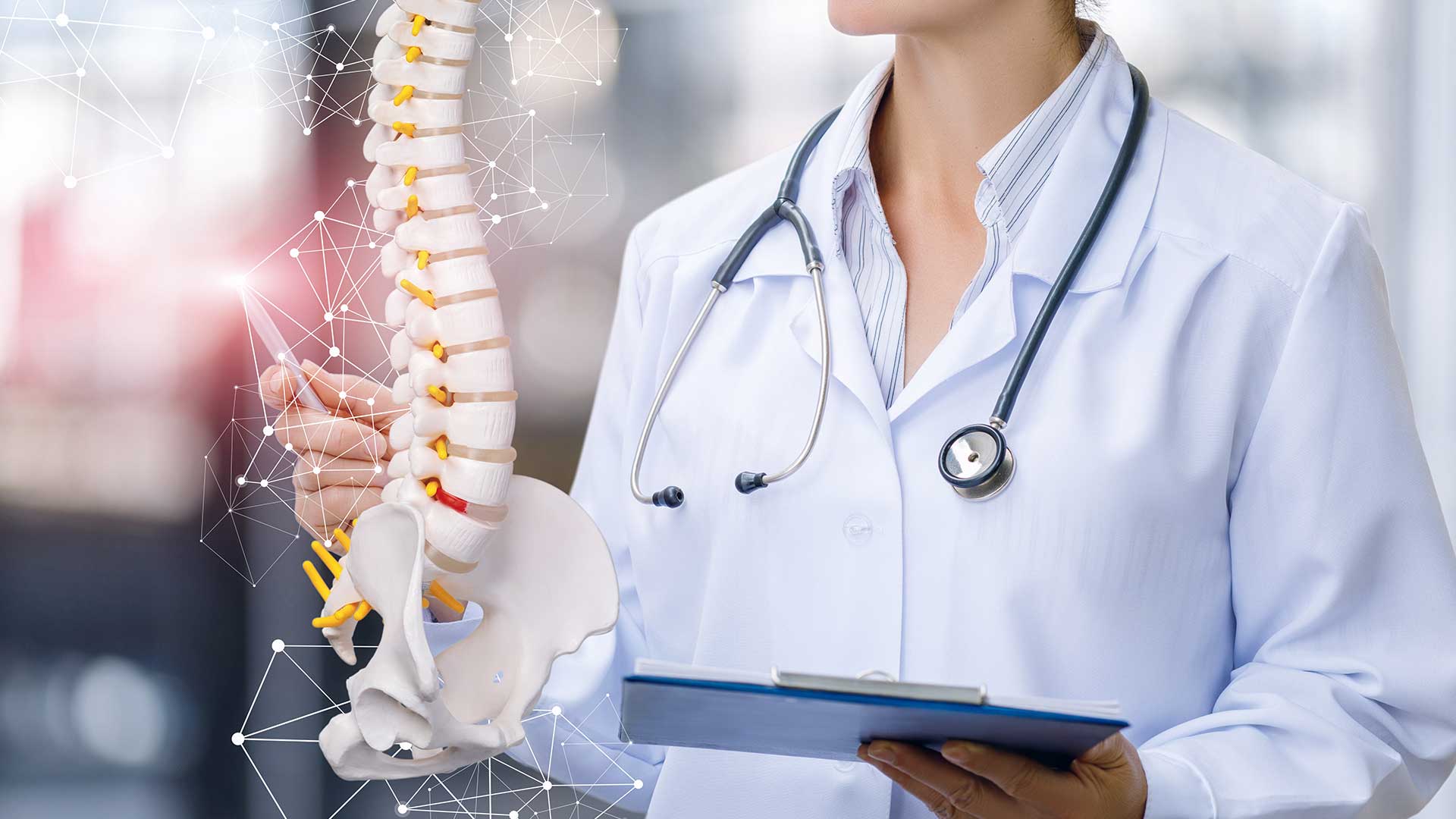
What surgery options are available for a slipped disc?
Open Discectomy (Microdiscectomy)
During this procedure, patients will be placed under general anaesthesia before the orthopaedic surgeon removes the damaged area of the spinal disc. After the surgery, patients will have to be observed in the hospital for a few days while the surgical incision heals.
Endoscopic Discectomy (Minimally-invasive or Keyhole Surgery)
During this procedure, an endoscope (a long, thin tube that has a light and a camera at one end) is inserted through a small incision, along with other microscopic instruments that allow the surgeon to remove the slipped disc. The surgery will take about an hour and patients will be given some time to recover. They will be observed at the outpatient ward before getting discharged the same day.
Surgery on the Core of the Spinal Disc
For this procedure, a vacuum is used to remove the core of the spinal disc. The size of the spinal disc will be reduced; relieving pressure on the nerve. This surgery can only be performed if the outer layer of the disc is intact.
Artificial Disc Replacement Surgery
This surgery is usually performed when a single disc causes pain in your lower back. It is not a suitable option if you have multiple disc degeneration. Patients will be placed under general anaesthesia before an incision is made in the abdomen. The slipped disc will be replaced with either a plastic or metal artificial disc. You may be required to stay in the hospital for a few days after the procedure.
Spinal Fusion
Spinal fusion surgery fuses two or more vertebrae permanently together with bone grafts obtained from one part of your body or from a donor. Metal or plastic screws and rods are used to provide additional support to your spine. This permanently immobilises that area of your spine.
Patients will be placed under general anaesthesia before the surgery. You may be required to stay in the hospital for a few days after the procedure.
How long does a slipped disc take to heal?
The pain from a slipped disc will subside within a few days. If your condition is not serious, the slipped disc should heal within four to six weeks. You can help your body heal faster by reducing activities that may strain your back. Taking over-the-counter medications can also aid in your recovery.
What is the difference between a bulging disc and a slipped disc?
A bulging disc is a result of disc dehydration, a condition that causes the disc to weaken and bulge outwards. It is often due to age-related degenerative changes and tends to affect part of the tough outer perimeter of a disc’s cartilage; usually between a quarter to half of the disc’s circumference.
A slipped disc is usually the result of a crack in the tough outer layer of the cartilage that allows the softer inner cartilage (the nucleus pulposus) to leak into the spinal canal.
A bulging disc and a slipped disc (herniated disc) can irritate the nerves. However, a slipped disc is more likely to cause pain as it tends to protrude further and pinch the nerves. A slipped disc can either compress the nerves or cause inflammation of the nerve root.
How can I reduce my risk of getting a slipped disc?
You can reduce your risk of getting a slipped disc by:
Lifting Objects with the Correct Posture
Keep your back straight while you lift or carry heavy objects. Do not bend at the waist. Use your leg muscles for support.
Maintaining a Good Posture
Learn how to improve your posture when you stand, sit, walk, drive, or sleep. Having a good posture reduces strain on your ligaments and spine.
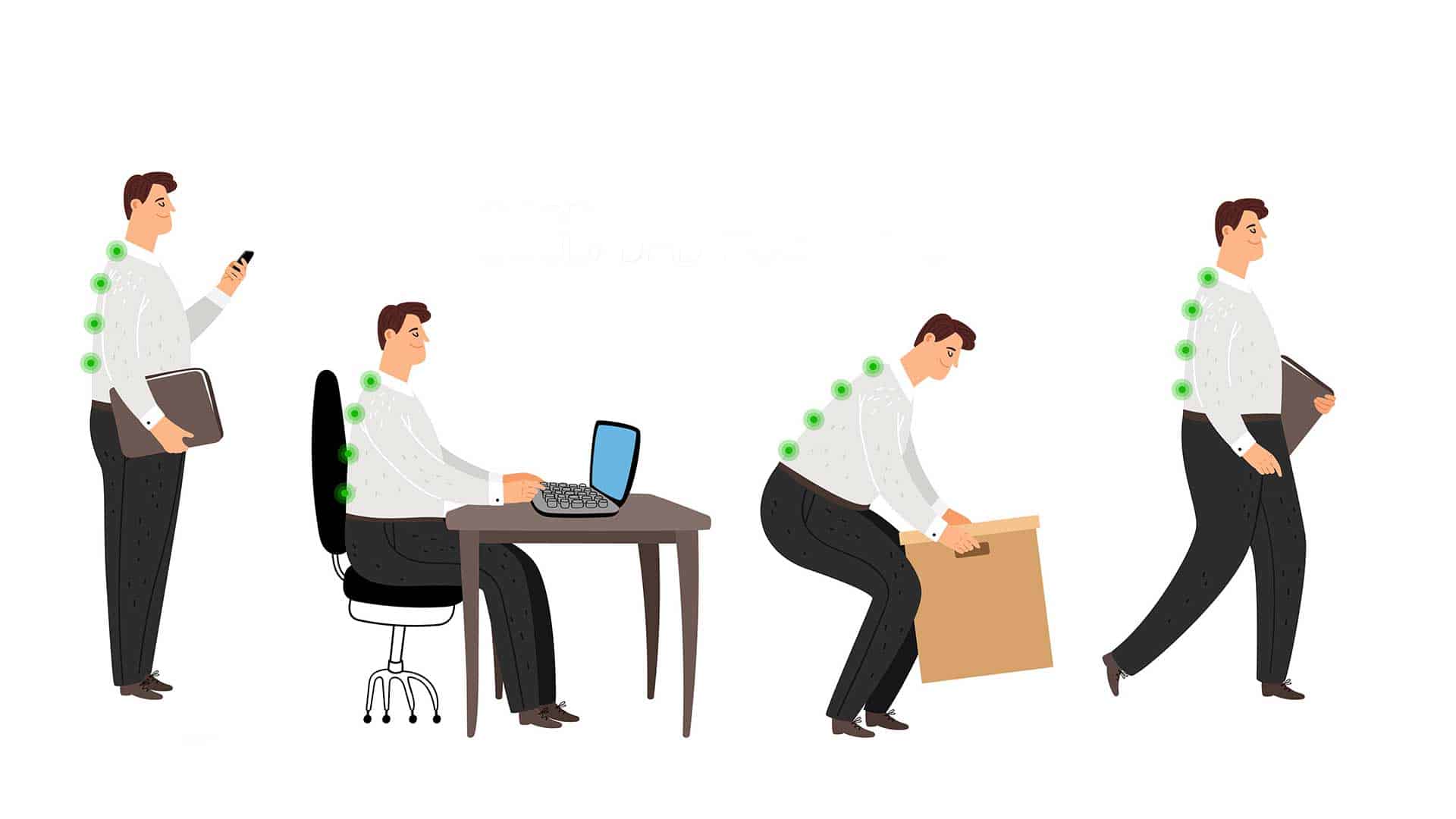
Avoiding the Use of High Heeled Shoes
Wearing high heeled shoes forces the entire weight of the body to be directed onto the ball of your foot. This throws your whole body (knees, hips, and back) out of alignment.
In the long run, wearing high heeled shoes can cause severe lower back pain and knee arthritis. Spinal nerves can become pinched; causing pain, tingling, and numbness.
Exercising Regularly
Workouts that strengthen your back and abdominal muscles can help to support your spine. Consult a physiotherapist before exercising if you experience back pain.
Make an appointment
Make an appointment to consult an orthopaedic specialist. Select "Specialist Appointment". Under Specialist Appointment Details, select "Orthopaedic Surgery" or "Pain Management".
Make an enquiry. We will get back to you within 2 working days. You can reach us at 6311 2310.